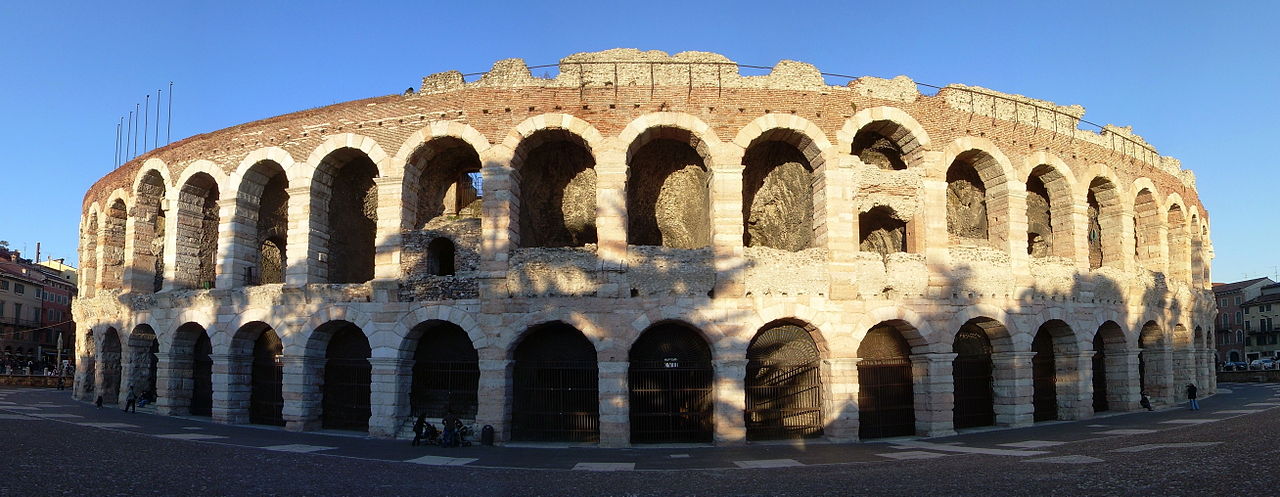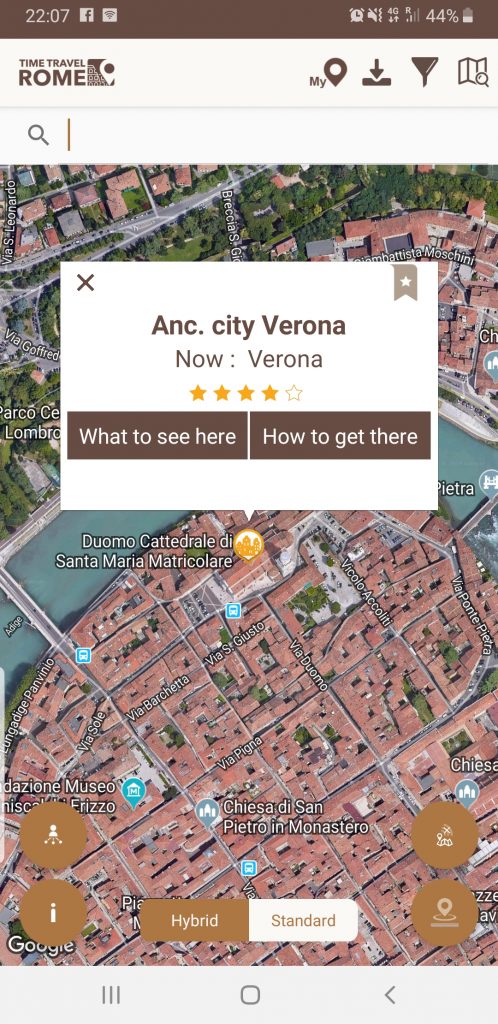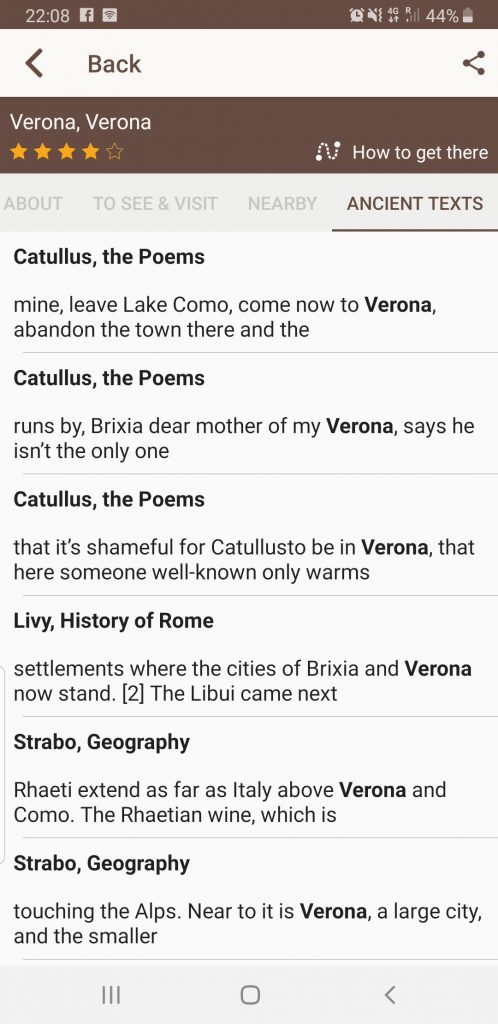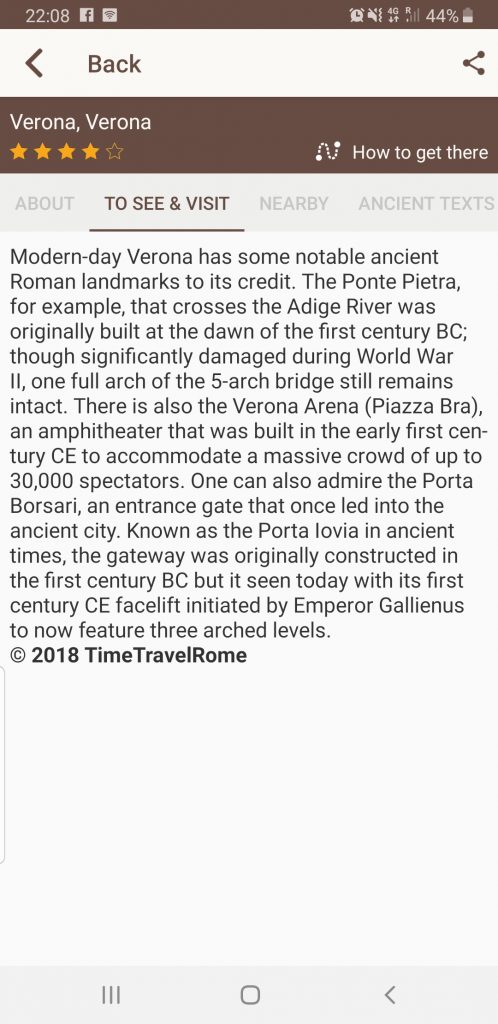The city of Verona treats visitors to some of the richest Roman remains in all of northern Italy. Uniquely, its Roman theater and amphitheater are both still in use for performances today. The amphitheater, known as the Roman Arena, is famous for its epic performances of large operas. In the past, the city occupied a strategic place near the river Adige and it was a key city in the conflict between mighty military powers in the 1st century AD.
Venetian city on the river
Historians are uncertain about Verona’s origins. Some believe that the Euganei tribe founded the original city and later ceded to the Cenomani. Others believe it be Etruscan. In the Etruscan language, Verona would mean “Venetian city on the river.” Pliny the Elder suggested that it was the Raetians who founded Verona. Whatever the true origins of the city, it seems to have existed since before 600 B.C., and was a long-time friend of the Romans.

Roman theater of Verona by MM, in public domain.
Verona held particular strategic importance because it controlled access to the only major ford across the river Adige. In 89 B.C., the city became a colonia of Rome, and in 49 B.C. became a municipium. The Romans built two bridges to replace the fords. In addition, a crossroads of four main highways that met there increased the city’s strategic value. All Roman generals understood its importance, and Verona was a major point in more than one civil war. In 69 A.D., Verona was a key city in the conflict between imperial hopefuls Vespasian and Vitellius.
The Year of the Four Emperors
69 A.D. was the year of four emperors. Following the death of Nero, Rome plunged into chaos as various leaders fought for power. The Senate first named Servius Sulpicius Galba as the new emperor. However, he greatly angered the Romans with his callous treatment of his new subjects. In Germania, the legions rose up and declared their governor, Aulus Vitellius, to be emperor. Meanwhile, in Rome, Galba successfully infuriated every class of society. The Praetorian Guard took matters into their own hands, and murdered Galba and his chosen successor in the forum. The Praetorians threw their support behind Marcus Salvius Otho, and the Senate subsequently made him emperor within a day. Yet Vitellius had no intention to withdraw his bid, and continued his march toward Rome.
Otho attempted to broker a peace, offering an alliance through the marriage of his daughter to Vitellius. Vitellius refused, and Otho sent his soldiers quickly out to meet the threat. They won three victories, but suffered a crushing defeat at the Battle of Bedriacum. Otho committed suicide. According to Suetonius, it was not despair of success that motivated him, but utter horror at the civil war and guilt over the Romans who had already died. The Senate now quickly chose Vitellius as emperor, but like Galba, Vitellius soon made more enemies than friends. In the far provinces of Egypt, Judea, and Syria, the Roman legions proclaimed their own successful general, Vespasian, as a more worthy emperor.
Headquarters at Verona
As Vespasian made preparations to sail for Italy, the legions of the Danube, concentrated to the north of Greece and Italy, also declared their support of him. Led by the dynamic Antonius Primus in a lightning march on Rome, the legions swept the Roman cities of northern Italy. Verona was of particular interest to them. They coveted the city as a base of operations, because it lay in the middle of wide, open plains, which gave them a cavalry advantage. It was a city rich in resources. It also commanded the route through the Julian Alps, preventing the arrival of reinforcements for Vitellius from Germania. The citizens welcomed Vespasian’s supporters, and the legions began work on an outer rampart for the city of Verona. They were there working when allied cavalry on the horizon appeared. Believing it to be the enemy, the soldiers feared treachery, and accused one Tampius Flavianus.
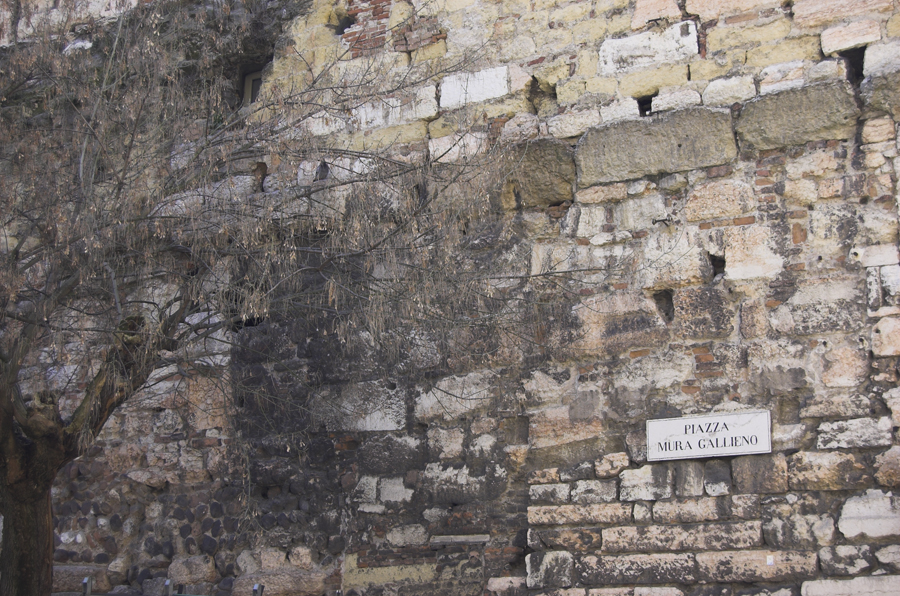
In a growing frenzy, they attempted to execute Flavianus, and turned to mutiny when their officers opposed them. Only Primus could make himself heard. Calling out by name to each soldier he knew, he appealed to them personally for support. Slowly the fervor died down, and Flavianus escaped. Another mutiny began the following day, this time accusing Aponius Saturninus. He also avoided murder, and the other officers slowly calmed the mob. With the other commanders now gone, Primus took command of the legions. Some critics claimed he was behind the mutinies, looking for sole command, but that is mainly speculation. The soldiers happily backed Primus, and preparations for combat continued. The two forces met for battle near Cremona.
The Second Battle of Bedriacum
Initially, Vitellius’s supporters prevailed, and Primus’s army panicked and fled. Primus managed to rally his soldiers, and they were able to turn the tables. The Vitellian forces fled back to their camp, with the Flavian forces in pursuit. Reinforcements came to both sides, and the battle was rejoined that evening. They fought through the night, but an interesting misunderstanding won the day. Primus’s Legion III Gallica had spent many years in Syria, and they picked up a local custom of saluting the sun when it rose. When the Vitellians saw this, they thought the men were saluting new reinforcements. In despair, they broke and ran, and the Flavian forces overran their camp and took Cremona. The Flavian supporters continued on to Rome. They captured Vitellius, taunted, tortured, and finally killed him. Using a hook, they dragged his body through the streets and threw it Tiber River.
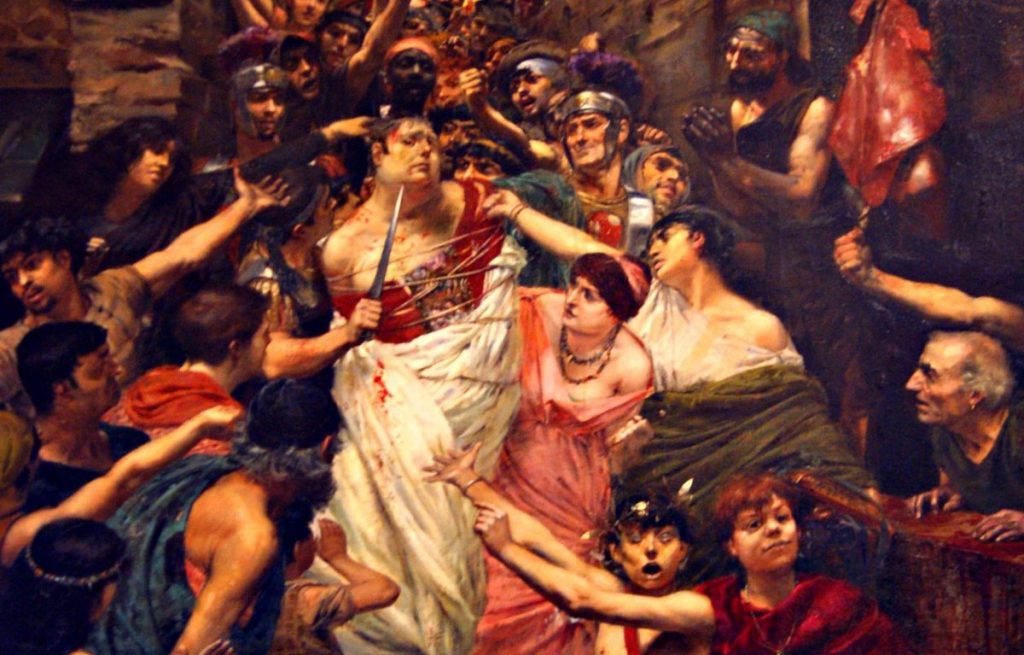
Vitellius killed, by Georges Rochegrosse, in public domain.
What to See Here:
Modern-day Verona has some notable ancient Roman landmarks to its credit. The Ponte Pietra, for example, that crosses the Adige River was originally built at the dawn of the first century BC. Though significantly damaged during World War II, one full arch of the 5-arch bridge is still intact. There is also the Verona Arena (Piazza Bra), an amphitheater that was built in the early first century CE to accommodate a massive crowd of up to 30,000 spectators.
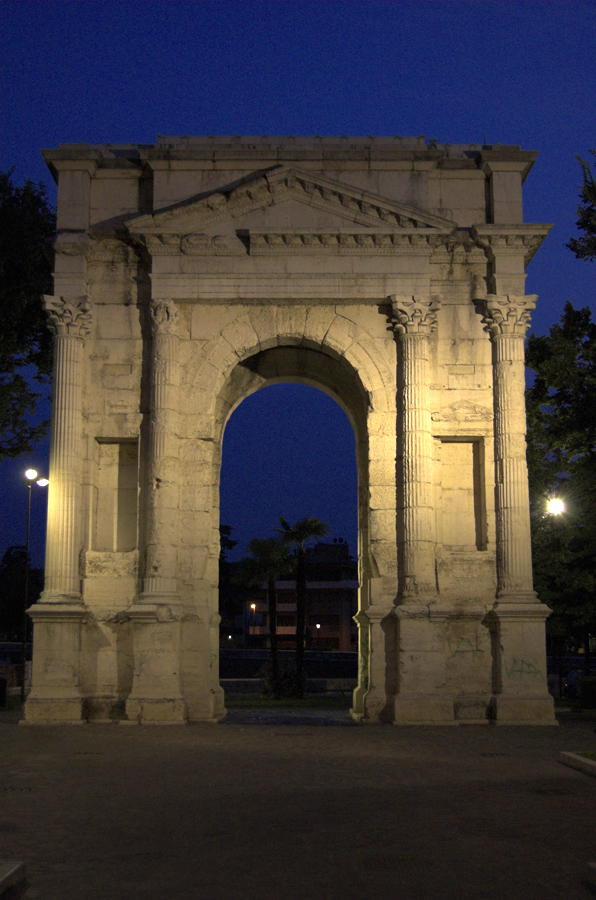
Arco dei Gavi by Lo Scaligero, licensed under CC BY-SA 3.0
One can also admire the Porta Borsari, an entrance gate that once led into the ancient city. Known as the Porta Iovia in ancient times, the gateway was originally constructed in the first century BC. It is seen today with its first century CE facelift initiated by Emperor Gallienus to now feature three arched levels.
Verona on Timetravelrome:
To find out more: Timetravelrome.
Author: written for Timetravelrome by Marian Vermeulen.
Sources: Tacitus, The Histories; Suetonius, The Twelve Caesars
Header photo: Arena di Verona, by Kiban, in public domain.
